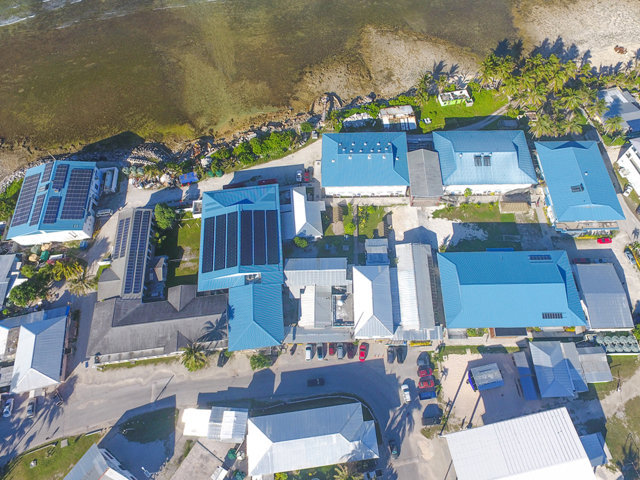The College of the Marshall Islands strives to be the leader in technology and innovation by continuously capitalizing on opportunities as a result of the fast-changing technologies today.
The most recent analysis of the College’s financial reports shows that office materials and supplies have remained one of the top five operational expenditures of the College over the past 10 years. The College earmarks over a hundred thousand dollars alone just for toners, cartridges, and paper. The IT Department’s annual budget for printing is fifteen thousand dollars ($15,000) for supplies just for computer labs, and this doesn’t include toners and cartridges. The college has seventeen (17) computer labs on campus, Thirteen (13) in Uliga, and four (4) in the DE Centers. To date, they have provided free-of-charge self-service printing stations. But, unfortunately, the outcome of this generous practice creates waste – printed papers are often discarded or documents never collected and left in the computer labs.
The College’s strategic objective is to find saving opportunities by creating efficiency in our printing system while providing better and more reliable printing services for the students. To do that, the College is launching new solutions:
- A wholly self-service and self-managed printing system.
- Access will be available across campuses and from any device.
- It will include an option to send printing to the “cloud,” using a Mobile application.
- A payment management system can generate weekly, monthly, and yearly consumption reports for the consumer.
The IT Department projects that cost savings will not only be realized from the reduced consumption of about 40 percent in volume of printing but also to overall operations through a reduction in College utility and logistical costs.
CMI calculates that the overall savings from these strategic initiatives can be diverted to improving the delivery of education as contributing to the cost of increasing the number of academic programs in the near future.



